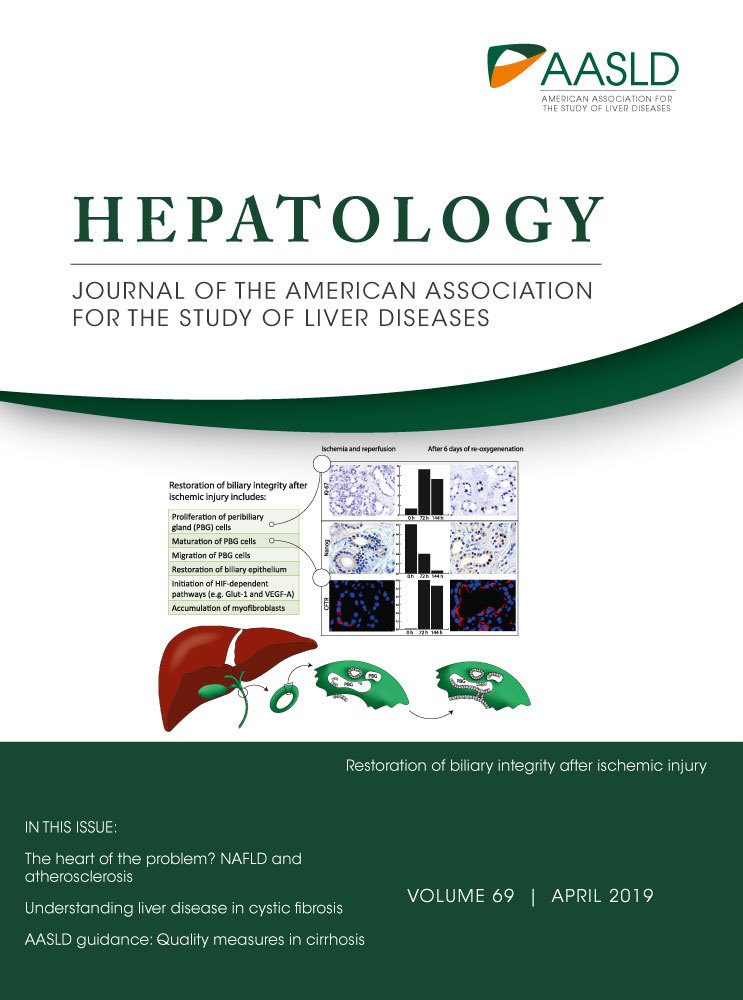The Role of Hepatitis B Surface Antigen in Nucleos(t)ide Analogue Cessation Among Asian Chronic Hepatitis B Patients: Friend or Foe?
To the Editor:
We read with great interest the article by Liu et al.1 They found that hepatitis B surface antigen (HBsAg) level <100 IU/mL at end of treatment (EOT) seemed to be a useful marker to decide when to stop nucleos(t)ide analogue (NA) therapy because it was associated with a low incidence (20%-30%) of virological or clinical relapse and high probability (20%-60%) of HBsAg loss for chronic hepatitis B (CHB) patients. Although this systemic review provided a practical and attainable cessation criterion instead of infinite NA treatment, several issues deserve discussion and further investigations.
First, “when to stop NA treatment” is a clinical dilemma because of the low rate of HBsAg seroclearance under NA treatment, especially in chronic hepatitis B (CHB) patients with genotype B and C.2 Although long-term NA treatment can reverse fibrosis progression and even cirrhosis,3 it carries the concerns of drug compliance, safety issues, and economic burden. Cessation of NA treatment before HBsAg loss will expose patients to risk of clinical relapse, decompensation, or even mortality. Second, the systemic review suggested that HBsAg level <100 IU/mL at EOT seemed to be an optimal cut-off value to discontinue NA treatment, which is consistent with the findings of our previous prospective study.4 In our study population, 13.6% achieved sustained viral response (SVR), which was defined as undetectable hepatitis B virus DNA levels at off-therapy 12 months. No clinical relapse was observed in all of them during a median off-therapy follow-up period of 24.8 months. Using multivariate analysis, EOT HBsAg level was the only factor associated with SVR. Furthermore, cumulative incidence of SVR was significantly higher in patients with EOT quantitative (q)HBsAg <100 IU/mL compared with those with EOT qHBsAg 100-1,000 or >1000 IU/mL, suggesting that serum qHBsAg <100 IU/mL can serve as a surrogate endpoint of the existing treatment guideline. Unfortunately, our prospective study was not included in the systematic review by Liu et al.; otherwise, their results will be more convincing. Finally, patients with rebound hepatitis complicated by liver failure or even death were occasionally observed in Asian CHB patients after cessation of NA treatment. It is thus imperative to remind practicing physicians of such catastrophic complications. Accordingly, if this systemic review could provide the incidence of off-therapy liver decompensation or death in patients with EOT qHBsAg <100 IU/mL, we could understand more about the risk and benefit of discontinuing NA treatment on the basis of this cut-off value.




